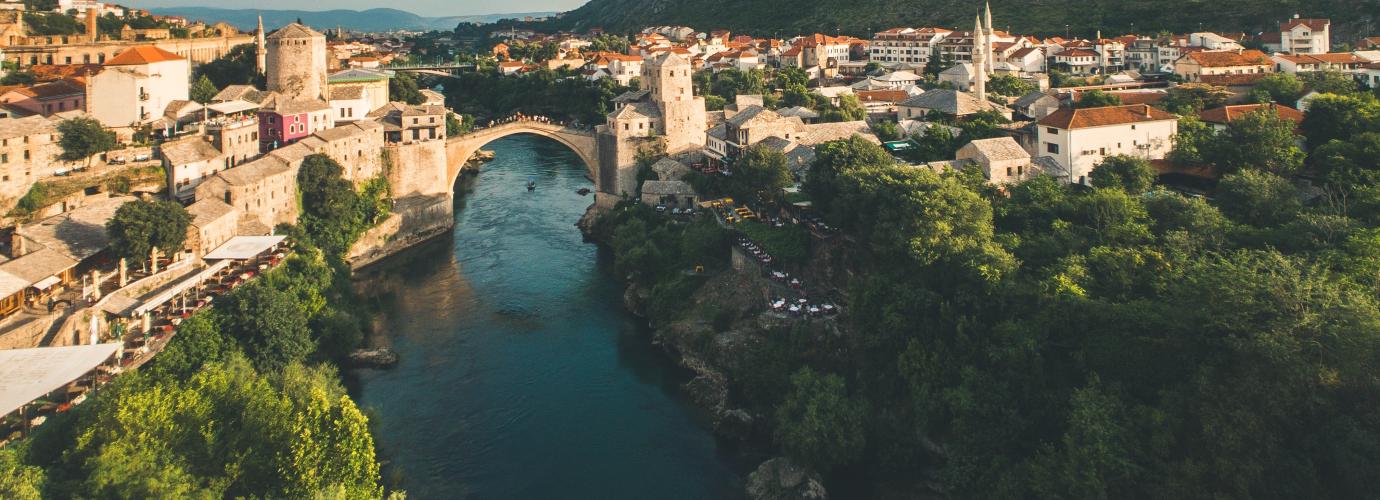According to the data from the Agency of Statistics of B&H, gross domestic product by expenditure is estimated at 50 932 million of KM in 2023 and represent a nominal increase of 11,71% and 1,9% in real terms, from 2022 to 2023. These figures imply increase in prices of 9,63%
Employability
According to the data from the Labor Force Survey for third quarter 2024 in Bosnia and Herzegovina, in third quarter 2024, the labour force in Bosnia and Herzegovina consists of 1,427 million persons, of which 1,254 million (87,9%) are employed and 173 thousand (12,1%) are unemployed. Compared to the previous quarter, the number of employed persons increased by 2,6%, and the number of unemployed persons decreased by 7,5%. The number of persons outside the labour force in Bosnia and Herzegovina in the third quarter of 2024 amounted to 1,449 million and compared to the previous quarter decreased by 1,2%.
Final consumption
Household final consumption expenditure (66% of GDP) reached amount of 33 650 million of KM in 2023, and represent nominal increase of 10,79%. At constant prices, after discounting the effect of price changes, consumption increased by 1,02% in comparison with previous year.
A breakdown of household consumption expenditure by purposes, recorded increase in nominal terms in all groups: Food and non-alcoholic beverages 13,61%, Alcoholic beverages and tobacco 6,3%, Clothing and footwear 10,62%, Housing 6,71%, Furnishing and routine households maintenance 8,80%, Health 13,09%, Transport 4,77%, Communication 5,71 %, Recreation and culture 11,09%, Education 13,03%, Restaurants and hotels 12,72% and Miscellaneous goods and services 29,57%.
Investments
Gross fixed capital formation (22% of GDP) has reached the amount of 11 519 million of KM in 2022 and represents increase of 14,26% in nominal terms and 12,06% in real terms.
External sector
Export of goods and services in 2023 in comparison to 2022 registered nominal decrease by 0,48% and real decrease by 1,25% respectively. Import of goods and services in 2023 in comparison to 2022 registered decrease by 1,55% nominally and by 1,28% in real terms.

